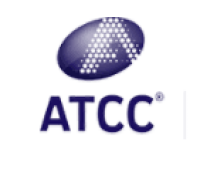HLA Typing and Its Influence on Organ Transplantation
互联网
579
Human leukocyte antigen (HLA) molecules are expressed on almost all nucleated cells, and they are the major molecules that initiate graft rejection. There are three classical loci at HLA class I: HLA-A, -B, and -Cw, and five loci at class II: HLA-DR, -DQ, -DP, -DM, and -DO. The system is highly polymorphic, there being many alleles at each individual locus. Three methods for HLA typing are described in this chapter, including serological methods and the molecular techniques of sequence-specific priming (SSP) and sequence-specific oligonucleotide probing (SSOP). The influence of HLA matching on solid organ and bone marrow transplantation is also described. HLA matching has had the greatest clinical impact in kidney and bone marrow transplantation, where efforts are made to match at the HLA-A, -B, and -DR loci. In heart and lung transplantation, although studies have shown it would be an advantage to match especially at the DR locus, practical considerations (ischemic times, availability of donors, clinical need of recipients) make this less of a consideration. Corneal grafts are not usually influenced by HLA matching, unless being transplanted into a vascularized (or inflamed) bed.




![PSMB9 LMP2=proteasome LMP2.s {alternatively spliced} [human, EBV-transformed B lymphoblastoid typing cell lines, mRNA, 645 nt].](https://img1.dxycdn.com/p/s14/2024/0514/752/2760093895118520971.jpg!wh200)




